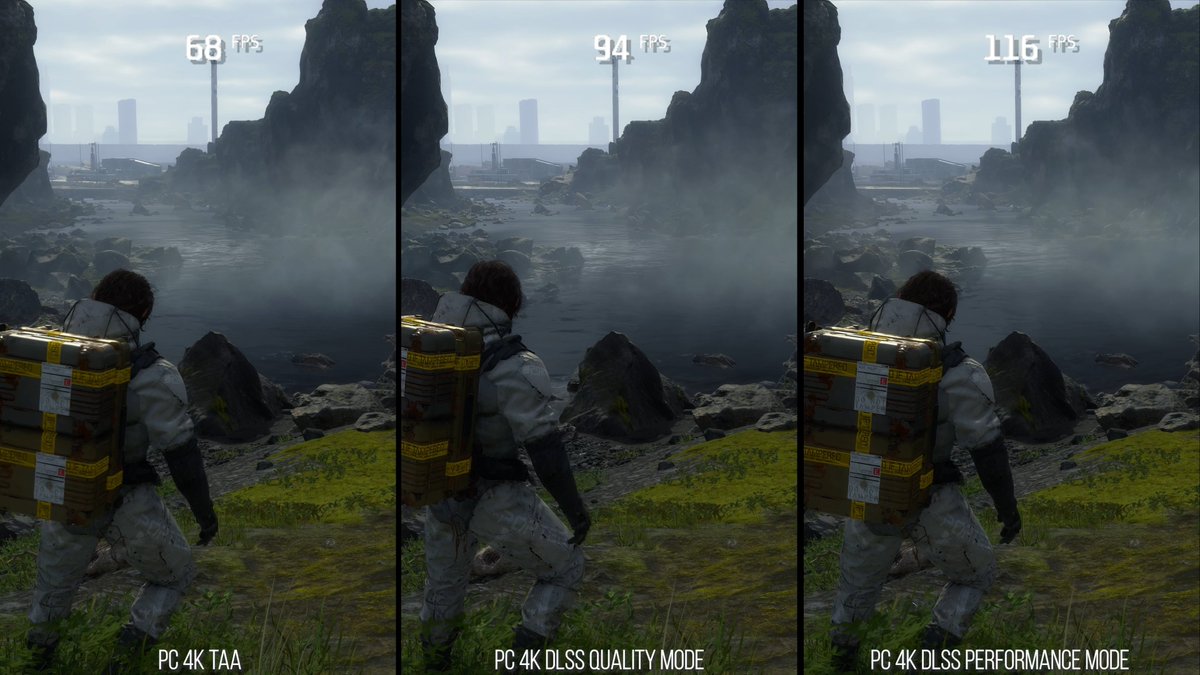Reading Impressions of FFVII R online and I think I have come to the conclusion that I cannot intrinsically trust subjective reports AND that PC benchmarking needs to perhaps use capture frame Analysis and not rely on Windows based tools:
If you started Up FFVIIR in its Default Mode, the first level had incredible stutter. Every effect was displayed the first time and was acompannied by a long stutter. It has to be that way, there is no other possibility. The only thing is some do not subjectively perceive it.
Yet If you look at a benchmark online like those from GameGPU they report nothing of this in the GPU Bench numbers. Curiously, PCGamer article which quotes John and me mentions they loaded up the game and saw nothing of the stuttering in the opening. 

The first load experience of a game; The first time you go to an area is the most important as it represents the clean playthrough of how someone experiences a game. Benchmark runs after shaders already cached or those that do not describe the fluidity do not capture this.
Reloading an area to check how it runs after the fact will not show the issues that occur the first time a player enters them, e.g. the game's intro. Similarly, Windows based tools do not exactly capture the output of a game. Only post analysis of output frames does it 100%.
Regarding subjectively people not seeing stutter: I think some people are inured to it and have somehow been trained through experience to accepted it as just how it is. FFVIIR also has Hit freeze as design, which may make people assume that the real stutters are even intentional
In the end I say these things because I want PC games to be the most fluid they can possibly be THE FIRST TIME YOU EXPERIENCE them. I really wish developers stressed this in their own testing: capturing the output of the screen in first run and analysing it for smoothness.
Internal metrics about AVG fps, or even 1% lows or even minimum framerate do not represent smoothness in the undeniable way a frametime graph from captured frames does.
• • •
Missing some Tweet in this thread? You can try to
force a refresh















